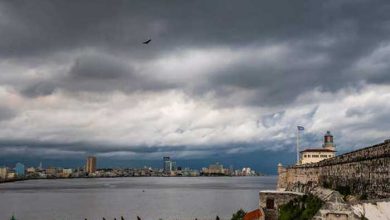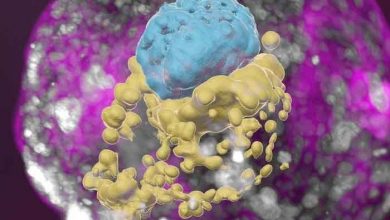ODISSI CULTIVATES INDIAN CULTURE

Pioneering Odissi dancer PURNASHREE RAUT talks to SHIELA BINOY about the strides that Odissi took to become one of the most popular classical dance forms in India today.
Over the years, Odissi has emerged as one of the most popular classical dance forms in India, the credit for which goes to the significant role played by the ‘trinity’ of Odissi — Gurus Pankaj Charan Das, Kelucharan Mohapatra and Debaprasad Das. Yet another person who created, professional excellence and artistic integrity is Purnashree herself, who inherited the dance form at a very young age, as a devote disciple of the father of Odissi, Kelucharan Mohapatra himself.
ODISSI, THE JOURNEY
Hailing from Odisha, Purnashree absorbed the essence of the art from its natural surroundings, as she was born into family of traditional Odissi dancers, her paternal aunt being the acclaimed Odissi dancer padmashri Kumkum Mohanty.
She was introduced into Odissi dance at the premier institute of performing arts, Kala Vikash Kendra (KVK), Cuttack, the cultural capital of Odisha. She has learnt from Ramani Ranjan Jena, Raghu Dutta, besides KeluCharan Mohapatra and Shankar Behera himself. After her Initial education in the British Capital London, Raut did her Master’s Degree in English, besides being a gold medalist in psychology. After a brief stint of teaching Odissi in Khairagarh University, Odissi department, she teaches dance in the Jagannath temple premises of Raipur to 80 students every year. With passage of time, she has evolved in a distinctive style of classically rooted Odissi with contemporary energies. She explores and expands the language of Odissi through her performances and choreographies and workshops. A philanthropist too, she organises workshops for the needy children and the blind, deaf and dumb students honorarily in the local school of Mattapurena, Raipur School for the differently abled}. With more than four decades of dedicated performances in and outside the country she has enriched herself with the art form distinctly. Chhattisgarh, being a strong belt of Kathak Dance, is now well acquainted with Odissi dance culture, as the dance form continues to evolve from the neighbouring state to Chhattisgarh, acquiring a state reorganization of both ‘fan following’ to ardent enthusiast. In the last ten years, the ancient dance from Odissi has caught the attention of the youth of Chhattisgarh due to the immense efforts at grass root levels by exponents like Purnashree herself.
AN ART FORM WHICH IS FOR THE DIVINE
“Odissi dance primarily symbolizes Krishna, The Avatar of Lord Vishnu. The landmark work, Jayadeva’s Geeta Govindam had an indelible impression on Odissi dance”amphazises the danseuse, as she speaks in length about how Odissi has, evolved tremendously over the last 12 centuries. Odissi dancers express emotions through soft movements, she says, the ‘Tribhangi’ postured dealing with the elements of intricate body movements and the ‘Chouka’ which depicts Lord Jagannath, are unique to Odissi.While the form is curvaceous, concentrating on the tribhang or the division of the body into three parts head bust and torso: the mudras and the expressions are similar to those of Bharatnatyam, but unlike Bharatnatyam, in Odissi the spinal sways in rhythm to the Geeta Govindam. Backing the Indian tradition of lore’s and folktales, Raut gives a worth reading point that Odissi performances are replete with lores of the eighth incarnations of Vishnu, and Lord Krishna. It is a soft, lyrical classical dance which depicts the ambience of Odisha and the philosophy of its most popular deity, Lord Jagannath. “The Odissi Dancers use their head, bust and torso in soft flowing movements to express specific moods and emotions” “it’s a magical spell combined with aura of the aesthetics colourfull and earthy”. “The ornaments adorned by the dancer is of silver, gold is prohibited and the ‘tahia’ adorned in the head bun is similar to the design of the crown Lord Jagganath himself adornes”she says. “The Mugal invasion and the British India, saw boys called ‘gottipua’ taking the realms of Odissi in their hands, as parents feared to allow their girls out, but slowly again the divine dance form germinated back to life after devdasis kept this traditions alive. Odissi being a temple dance, is done in the garbagriha of the temple by the devdasi herself, in the late hours of the night, till Lord Jagganath goes to sleep”. The last of the devdassi Shashi Mani Devi, died a few months back, putting an end to this centuries old tradition.







